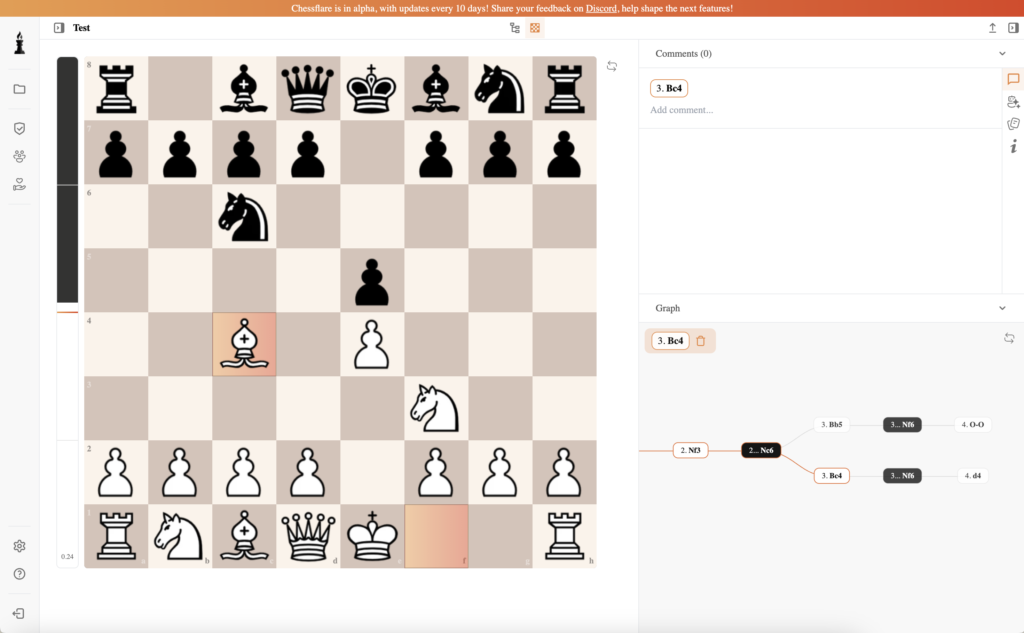The Soviet School of Chess refers to a dominant chess philosophy that emerged in the Soviet Union during the 20th century. It combined rigorous scientific preparation, deep strategic understanding, and psychological resilience to create some of the strongest players in history. The Soviet chess system was methodical, disciplined, and produced a long line of world champions, revolutionizing modern chess training.
Origins and Philosophy
The Soviet School developed as a structured and state-supported system for chess excellence. After the Bolshevik Revolution, chess was seen as an intellectual pursuit that aligned with Soviet ideals of discipline and strategic planning. The Soviet Union heavily invested in chess education, establishing a vast network of chess clubs, schools, and academies.
Key principles of the Soviet School include:
- Scientific Preparation: Players studied chess methodically, analyzing positions deeply with theoretical and practical frameworks.
- Strategic Depth: A balance between positional understanding and tactical sharpness, rather than relying solely on one aspect.
- Psychological Toughness: Soviet players trained to be resilient under pressure, maintaining composure in critical moments.
- State Sponsorship and Structured Training: The government provided resources and coaching, making chess an organized and competitive profession.
- Endgame Mastery: Emphasis on deep endgame understanding to convert small advantages into victories.
Key Openings of the Soviet School
The Soviet School did not favor one specific set of openings but instead encouraged a deep understanding of positional and dynamic principles. Some openings frequently played by Soviet grandmasters include:
Queen’s Gambit Declined
A hallmark of strategic chess, the Queen’s Gambit Declined (1.d4 d5 2.c4 e6) was a favorite of Soviet players who prioritized solid pawn structures and long-term strategic planning.
King’s Indian Defense
Popularized by Soviet players such as Mikhail Botvinnik and Garry Kasparov, the King’s Indian Defense (1.d4 Nf6 2.c4 g6) was a hypermodern weapon that allowed Black to counterattack dynamically.
Grünfeld Defense
The Grünfeld Defense (1.d4 Nf6 2.c4 g6 3.Nc3 d5) became a key part of Soviet opening theory, emphasizing piece activity over rigid pawn structures.
Nimzo-Indian Defense
The Nimzo-Indian Defense (1.d4 Nf6 2.c4 e6 3.Nc3 Bb4) was widely employed by Soviet players, particularly Anatoly Karpov, as a flexible and strategically rich opening.
The Great Players of the Soviet School
The Soviet Union produced an unparalleled number of world-class chess players who dominated international competitions for decades.
Mikhail Botvinnik
Regarded as the father of the Soviet Chess School, Botvinnik was a scientific and disciplined player who combined deep preparation with positional mastery. His approach laid the foundation for Soviet chess dominance.
Tigran Petrosian
Known for his iron defense, Petrosian was a master of prophylaxis and positional maneuvering. His games demonstrated deep strategic insight and an unparalleled ability to neutralize opponent’s threats.
Anatoly Karpov
A master of positional play, Karpov dominated the chess world with his precise and relentless style, squeezing wins out of seemingly equal positions.
Garry Kasparov
Kasparov brought a dynamic and aggressive style to the Soviet School. His deep preparation and attacking prowess made him one of the greatest players in history.
Boris Spassky
Spassky was an all-around player, seamlessly blending positional and tactical play. His adaptability allowed him to challenge and defeat top players in various styles.
The Fall of the Soviet Chess Empire
The dissolution of the Soviet Union in 1991 marked the end of centralized state support for chess, leading to the emergence of independent Russian and ex-Soviet republic players competing under separate flags. However, the Soviet School’s influence remains strong, shaping modern chess training worldwide.
Legacy of the Soviet School
The Soviet School transformed chess from an artistic pursuit into a rigorous, competitive discipline. Its training methodologies are still used today in elite chess preparation. The emphasis on scientific study, strategic depth, and psychological resilience remains an essential part of modern chess education.
Soviet players paved the way for today’s top grandmasters, demonstrating that success in chess is not just about talent but also about structured learning, hard work, and mental fortitude.
Conclusion
The Soviet School of Chess dominated the 20th century with its systematic approach to training and competition. Its emphasis on preparation, positional play, and resilience produced some of the greatest chess players in history. Even today, the influence of Soviet chess remains deeply embedded in how the game is studied and played at the highest levels.

